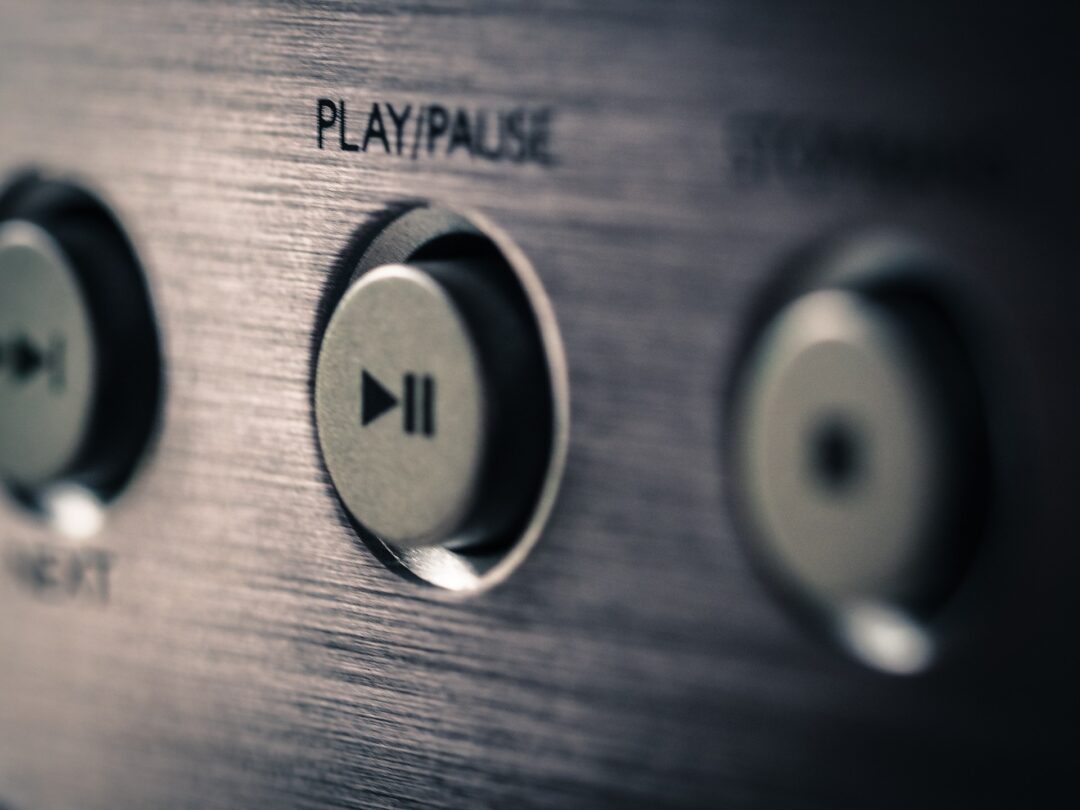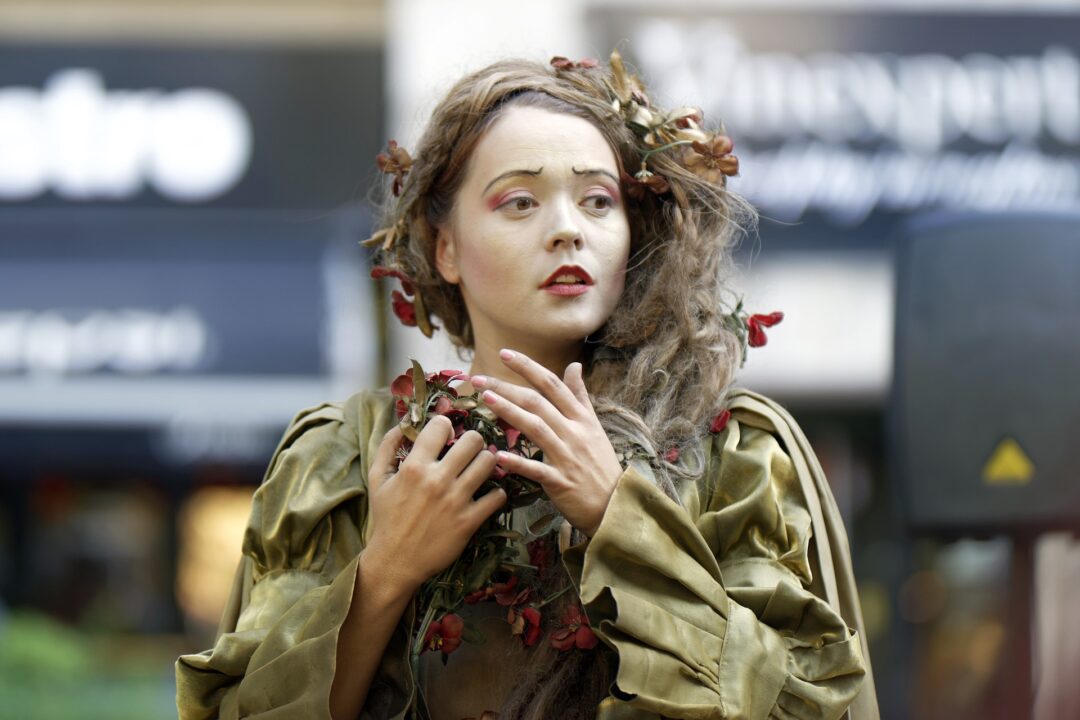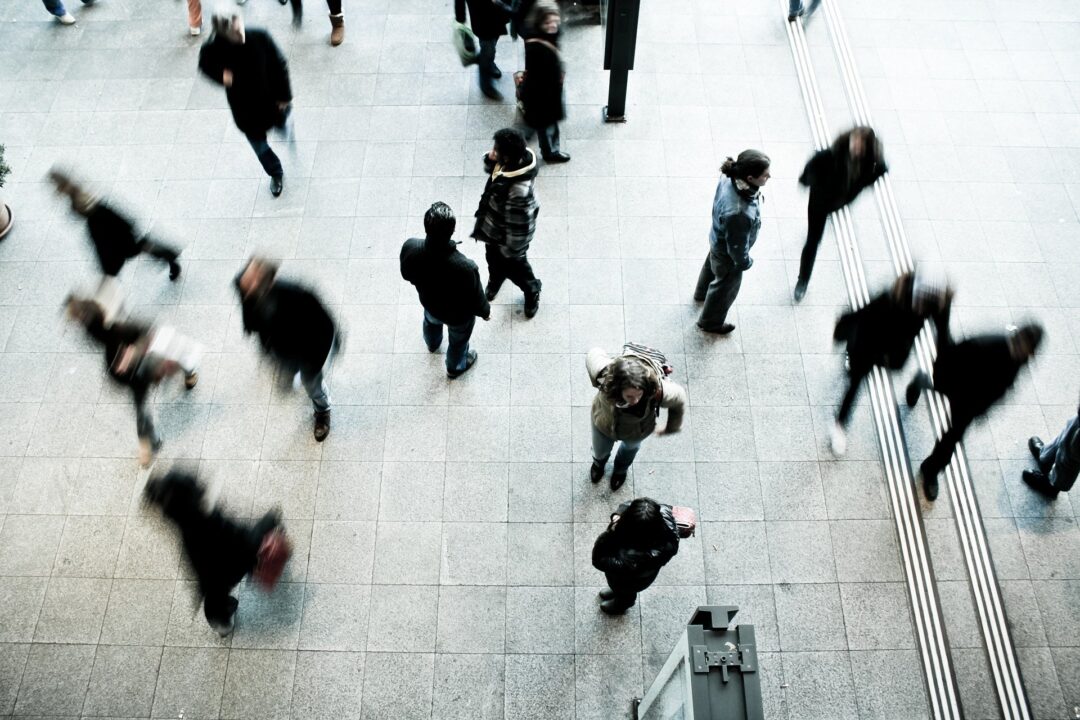I’m gonna let you in on a little secret: as an actor, music has saved me more times than I can count. Creating a character soundtrack has been a cornerstone of my acting work for the better part of a decade now and I’ve got a game-changing tool for your toolbox to share with you.
But first, let me explain: would you agree that music informs your mood?
Have you ever used a playlist to pump you up for that workout? Cried during an emotional movie when the music only heightened the sorrow? Have a favorite song that brings back happy memories? Listened to a soft and quiet song to help you relax?
Music has a way of seeping deep into our bones, our psyche and our memories.
So if music is a central part of our emotional and physical lives, why not get it to help us in the character development process?
The beautiful partnership of music and movement
There are many ways music informs movement. A few are by way of tempo, emotion and style.
I know when an upbeat song I love gets pumped from my earbuds to my eardrums I get a spring in my step and it tends to open me up physically. I’ll notice I’m holding my head higher and I’m more likely to smile and nod a greeting at strangers if I’m out and about. The worries in my life just seem to melt away.
Now, if I’m feeling anxious, I may go for more relaxing music instead of, for example, the original 1960 Psycho film score. If I’d have chosen the Psycho score, my already knotted stomach may twist a bit more, I may duck my head down or hike up my shoulders, or both, and I’d for sure be more jumpy.
Our bodies and minds are incredibly connected. When we function as a complete human, wether or not we’re aware of it, our body tend to follow suit along with our mind and emotional state.
As performers, a certain song or playlist can get us in the right mindset for doing our work, and this of course will vary greatly depending on your personal style of a pre-show or pre-performance routine. Post-show/performance routine too!
Now, let’s get to the fun stuff…characters and why a character soundtrack my be an invaluable tool for you. 🙂
Music for character development
So, that new character your working on, what kind of music do you think they’d listen to?
Roll up your sleeves and really dive into the deep end with this one. I give you full permission! Experimentation always leads to fun and surprising outcomes.
Perhaps this character would listen to music you’d never dream of listening to. Or, you may discover that you and this character have a lot of musical tastes in common.
Let’s look at a practical example…and get a little classical.
Let’s say I’m playing Elizabeth Bennet from Pride and Prejudice. To help me get into not only her world but also her mind, which song do you think would be more helpful: Down with the Sickness by Disturbed or a lovely pianoforte piece (you know, that fancy old word for a piano), which was an instrument often employed in Jane Austin’s stories?
The pianoforte piece, right?
By listening to pianoforte stuff you may find yourself walking a little lighter, you may sit or stand up a little straighter and it would help transport yourself to a time in the past.
Now, that’s not to say that Down with the Sickness is the absolute wrong choice. Acting is all about strong choices and hey, that would indeed be a strong choice. Sometimes a character is actively working against the world they find themselves in so don’t discount any initial instincts you may have. And I’m not gonna lie, I’d kinda love to see that portrayal of Elizabeth 🙂 Oh, and the entire character soundtrack for that matter. I may do that just for shits and giggles…*opens Spotify*
Get that playlist started
Something that I’ve practiced for many years now is when I’m developing a new character, I put together a playlist for them. It’s usually a mixture of both the aesthetic of the world but also an internal monologue flavor.
Compiling a playlist full of songs that I think my character would love not only helps me get into their mindset, but also becomes a reminder to my body to employ the movement work I’ve already done.
It’s almost like a Pavlov’s dog situation. Hear the music=snap into character both physically as well as mentally.
I’ve even used this tactic as a way to help me out of a difficult character after a performance.
Cosplaying Captain America? Maybe your playlist is full of epic music score and popular music from the 1940’s.
Playing Hamlet? Well, maybe Down with the Sickness could work for you there…
Create that soundtrack!
So, in conclusion, my character creating companions, music is your friend and ally- a tool to be used exhaustively!
You should create that character soundtrack, like right now. Create one retrospectively even and dust off a perhaps long-forgotten character on your ever-growing character bookcase (or wherever you keep your characters of course!)
I still have all of my playlists, from ages long long ago in a past far far away when mixtapes we still a thing (I miss mixtapes). I keep them for nostalgia’s sake, of course, but you also never know when a past character may help out a newly developing one!



